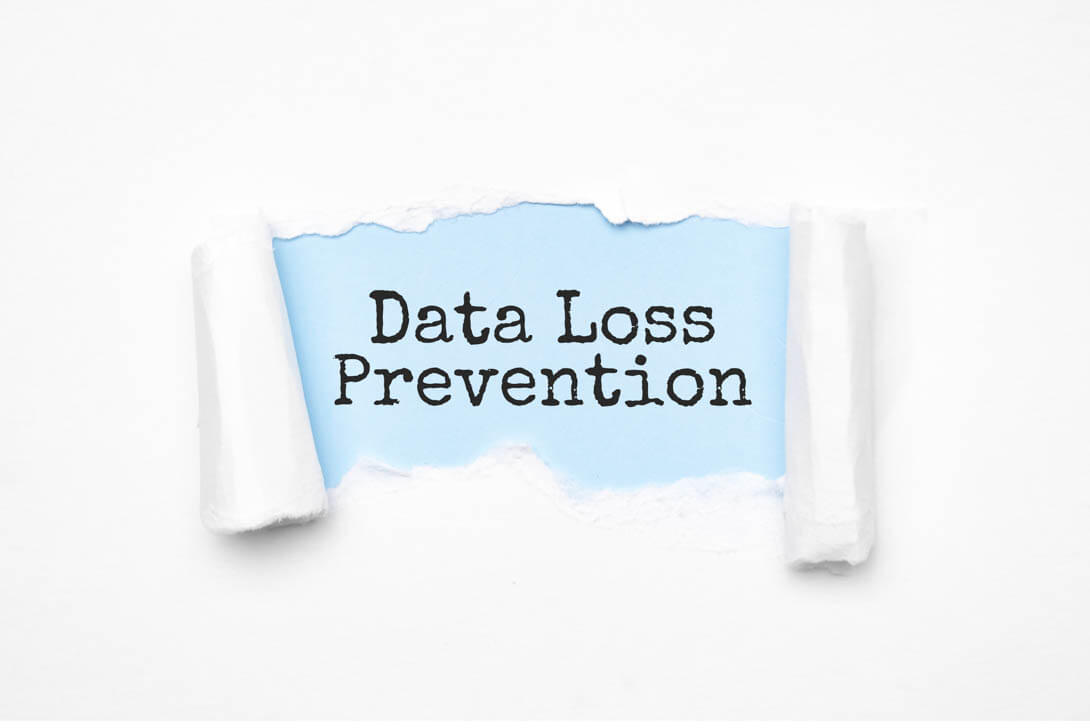More and more organizations have already moved to cloud services with much more serious thinking of moving to the cloud. Cloud services help organizations increase their productivity, manageability, and scalability. But with the advantages come the perils of it. Data breaches are the disadvantages associated with it. If apt data security measures are not in place, then there is every possibility that your sensitive data in the cloud is subject to cyber-attack. Learn about different data filtering support for DLP solutions.
What is Data Filtering?
The Data Loss Prevention (DLP) policies include the CASB (Cloud Access Security Brokers), which effectively helps organizations to secure their data on the cloud network. Data filtering is one such security protocol that allows organizations to refine their data sets for data security solutions. Data filtering is mostly improving the data to present to the user only what is needed and filter out the data that is sensitive, irrelevant, or maybe repetitive.
Where is Filtered Data Used?
Different kinds of data filters can be implemented based on the needs of your organization to amend reports, queries, and other information results. Data Filtering Profiles help in preventing confidential and proprietary data from leaving the network. For example, a data filtering program could hide or erase social security numbers or credit card numbers from the complex client data reports coming into the employee’s desk or to their mobile device. With the ongoing movement of Bring Your Device (BYOD) in organizations across the globe, it becomes all the more critical that strict data filtering policies are enforced to solve the security issues related to information that lands up in the employee’s device.
How Do You Set Up Data Filtering?
To set up data filtering, you need first to create a data pattern to define the sections of data for which the firewall and cloud security protocols are required. There are predefined patterns and inbuilt settings that are helpful to you in designing your custom-based patterns for filtering. Pre-built models include filtering the document title and author in file properties or social security and credit card numbers. You can add more such data patterns to your Data Filter profile and then attach this created profile to a security policy rule and enable data filtering.
When using third-party DLP services, file properties are used to indicate sensitive content, and then the data filter enables the firewall so that your DLP policy is enforced. So first, you need to create a custom pattern to identify the file properties and values. These are tagged to the DLP solution so that the files are blocked through the Data Filter profile.
Also, data filtering can be applied to various departments or a specific group or individual depending on the scenario. Different patterns can be created as per the need of each department so that the other sensitive data is masked or filtered, thus preventing sensitive data from being passed on to unauthorized users in an organization.
Thus there are three methods to set up data filtering-
- Built-in settings allow you to enable the firewall that scans specific values and defined file properties.
- You can customize and add new features to the built-in pattern to create a data filtering protocol that suits your business needs.
- The third-party DLP solutions for data filtering help your organization to create customized patterns based on the requirements.
Types of Data Filters:
A data filter first uses different techniques like document fingerprinting, file filtering, etc. to examine the network traffic. After configuring the screen, it is added to a sensor. Sensors do the work of combining different filters to meet organizational requirements. The set sensor is added to the network security policy, where it examines the network traffic as defined in the data filter.
- Document fingerprinting– Also known as the checksum fingerprint, this can be used to catalog and track different documents.
- DLP Watermarking– A single digital reading pattern is used to identify and monitor multiple documents that may be related to a project or so. The data filter detects watermarked papers and prevents them from being stolen.
- Pattern Matching– Files and messages are examined for specific predefined patterns, and if the matching is found, this document is prohibited from leaving the network.
- File Filtering– Here, files are filtered based on specific parameters like size, name, type, etc.
CloudCodes Data Loss Prevention (DLP) Solution for Filtering of Data
CloudCodes Data Loss Prevention (DLP) in cloud computing helps the organization in monitoring, track, and prevent business data on the cloud, while in use, in motion, or at rest. To avoid data breaches or data loss from cloud apps like G Suite, Office 365, Google Drive, Dropbox, One Drive, etc., Data Loss Prevention enables the IT admin of the organization to set up policies through the CloudCodes CASB dashboard. With these policies, businesses can keep a check on the way their data is being used and can track or restrict several functions like sharing, downloading, copying, printing, etc. for a single user, particular OUs, or the entire organization. Data loss prevention in cloud computing also helps businesses adhere to compliances like PII, PHI, PCI, HIPAA, etc.
Data filtering is a crucial DLP solution and cannot be ignored by organizations if they need to safeguard their data from a data breach.

